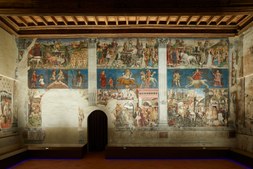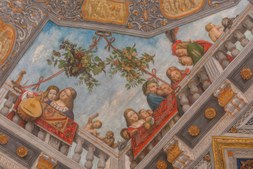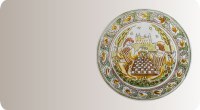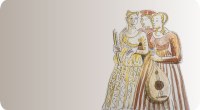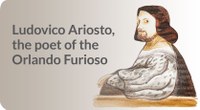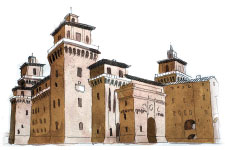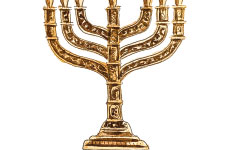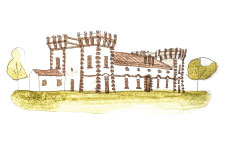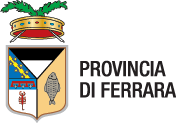The wonders of Este art
Renaissance art reflected the new centrality of mankind and his role in the world, an awareness that inspired artists, who used sacred and secular subjects in landscapes, architecture and portraits. One of the prime examples of Renaissance art is the cycle of frescoes in Salone dei Mesi in Palazzo Schifanoia; today, it can again be appreciated in all its beauty thanks to architectural restoration and new lighting.
Inspired by the months of the year and the signs of the zodiac, the expressions, gestures and faces of the figures narrate a 550-year-old story. In the month of March, the mysterious Vir Niger, the black man, the last dean of the zodiac sign of Aries, accompanies Borso, Duke of Ferrara in 1471, and his court, protected by the Gods of the Olympus sitting on celestial chariots.
Equally impressive are the frescoes of Palazzo Costabili, with its magnificent 16th-century ceiling painted by Garofalo, and the frescoes in Sala delle Sibille e dei Profeti in Casa Romei. The works in the Museo della Cattedrale and the Pinacoteca Nazionale collection, housed on the main floor of Palazzo dei Diamanti, are particularly impressive. The latter offers an important exhibition of Renaissance art, spanning from Cosmè Tura to Dosso Dossi and including the dramatic paintings of Bastianino, which brought an end to the Este era in Ferrara.
